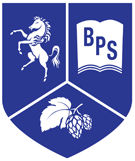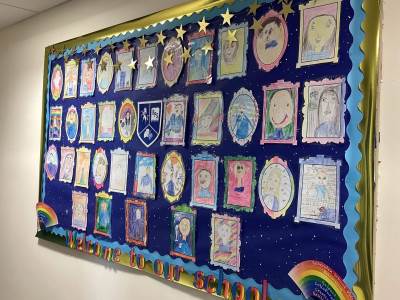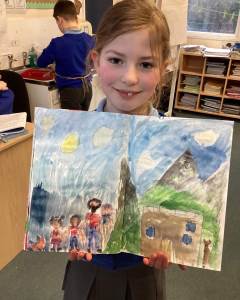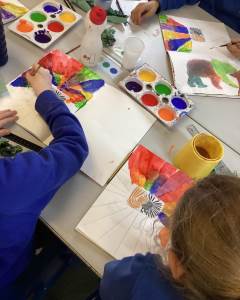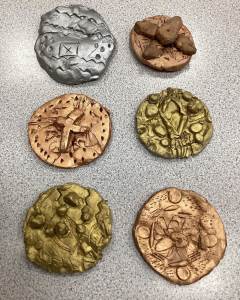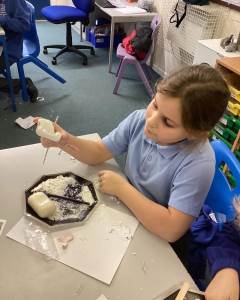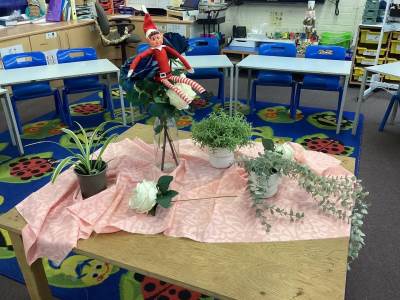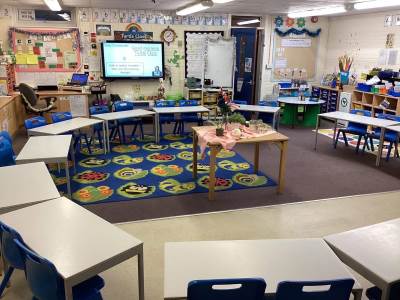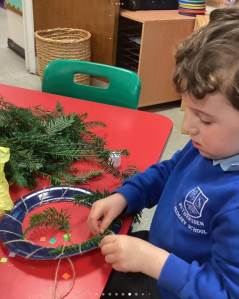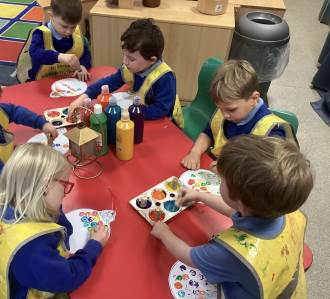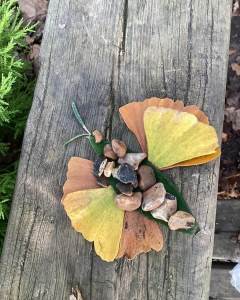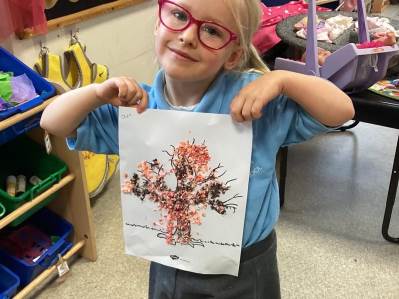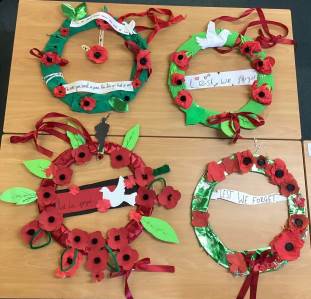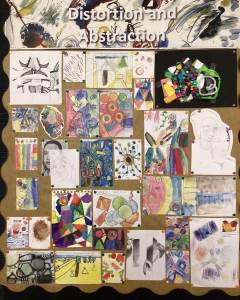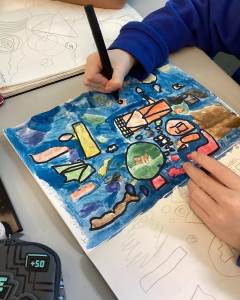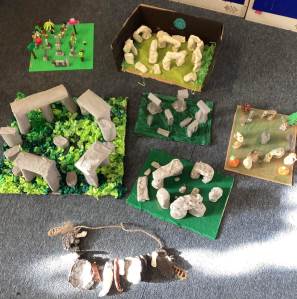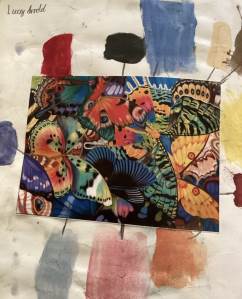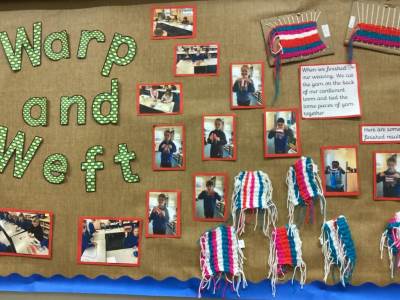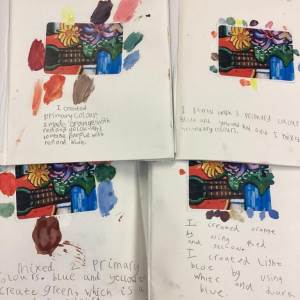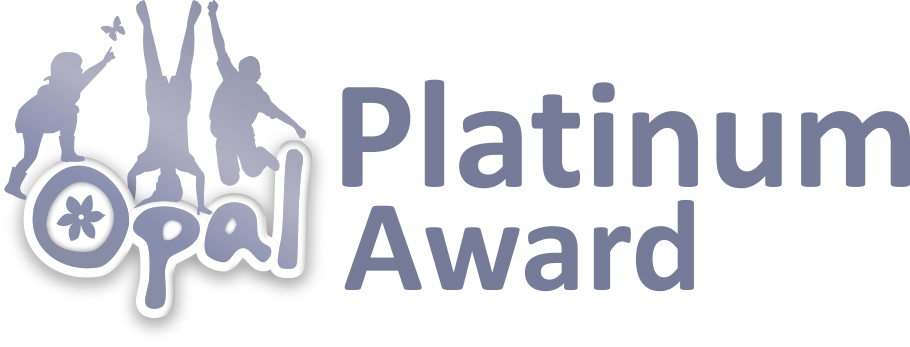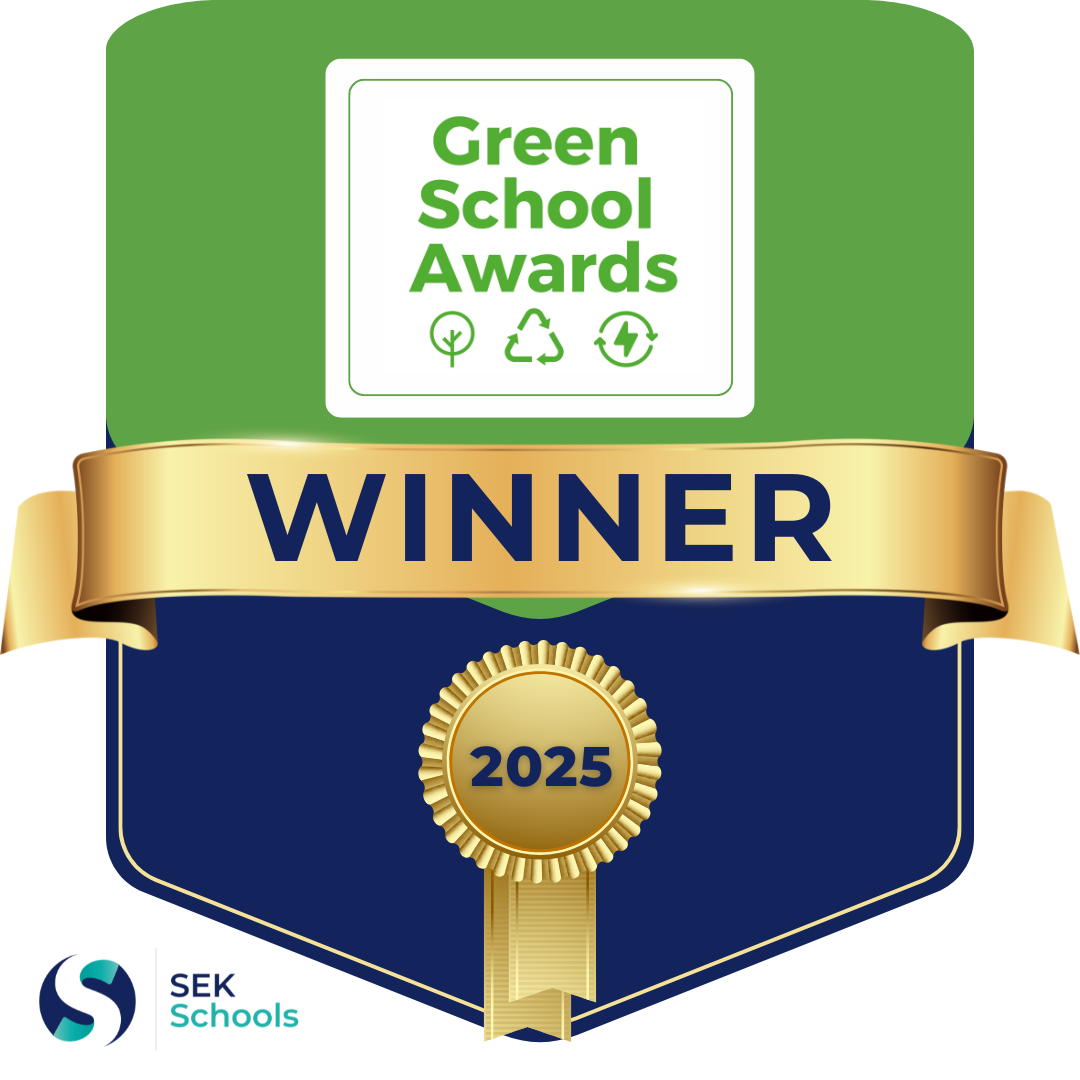Art
“Art and design is not just a subject to learn, but an activity that you can practise: with your hands, your eyes, your whole personality.”
Quentin Blake, Children’s Laureate
Intent
At Bethersden primary school we value Art and Design as an important part of the children’s entitlement to a broad and balanced curriculum. Art and Design provides the children with the opportunities to develop and extend skills and an opportunity to express their individual interests and ideas.
A high quality art and design education should engage, inspire and challenge pupils, equipping them with the knowledge and skills to experiment, invent and create their own works of art, craft and design. As pupils progress, they should be able to think critically and develop a more rigorous understanding of art and design. They should also know how art and design both reflect and shape our history, and contribute to the culture, creativity and wealth of our nation.
Implementation
At Bethersden, the teaching and implementation of the Art and Design Curriculum is based on the National Curriculum and is planned using Curriculum Maestro Cornerstones Curriculum. Art and design projects are mainly linked to the core theme of each term, however each year children will experience a subject specific project specifically aimed at progressing key skills and knowledge within art. The art and design projects are well sequenced to provide a coherent subject scheme that develops children’s skills and knowledge of visual elements, art forms, artists and art movements. Each project allows children to investigate art; be taught basic skills; practise those skills; then gives time for children to plan, create and evaluate their own work.
Early Years
In the Foundation Stage, Art and Design is taught as an integral part of topic work and is embedded throughout the Cornerstones Curriculum. The objectives taught are mostly taken from the Physical Development and Expressive Arts and Design statements from ‘Development Matters in the EYFS’ and the PSED Early Learning Goals.
Key stage 1
Pupils are taught:
- To use a range of materials creatively to design and make products
- To use drawing, painting and sculpture to develop and share their ideas, experiences and imagination
- To develop a wide range of art and design techniques in using colour, pattern, texture, line, shape, form and space
- About the work of a range of artists, craft makers and designers, describing the differences and similarities between different practices and disciplines, and making links to their own work.
Key stage 2
- Pupils are taught to develop their techniques, including their control and their use of materials, with creativity, experimentation and an increasing awareness of different kinds of art, craft and design
- To create sketch books to record their observations and use them to review and revisit ideas
- To improve their mastery of art and design techniques, including drawing, painting and sculpture with a range of materials [for example, pencil, charcoal, paint, clay]
- About great artists, architects and designers in history.
Impact
By the time children leave Bethersden Primary school, we want them to have developed a passion for art and creativity, working both independently and collaboratively. They will have experienced a wide range of works of art, using technical vocabulary to talk about these. They will have grown in confidence when using a range of tools and techniques, becoming artists that can apply the skills and knowledge that they have developed throughout the years and respond critically to their own and other’s work.
” All children are artists”- Pablo Picasso
